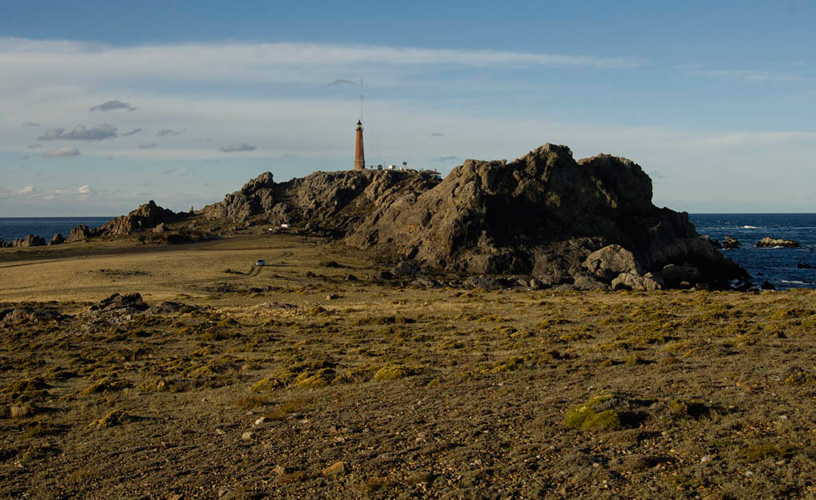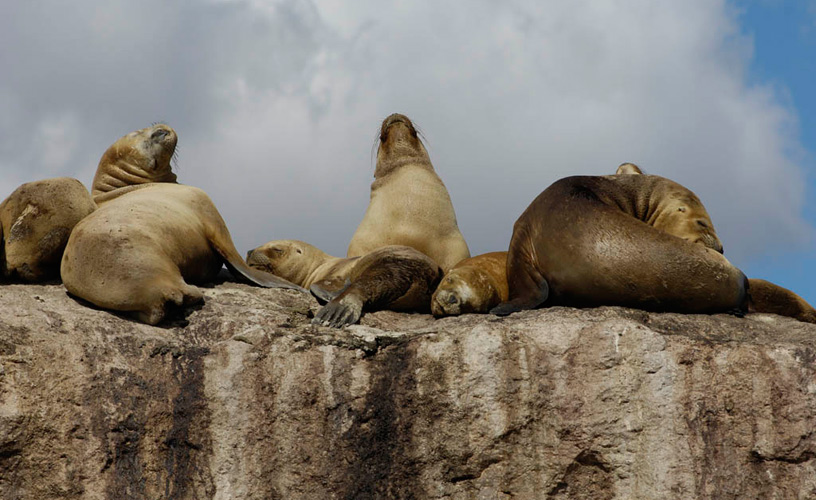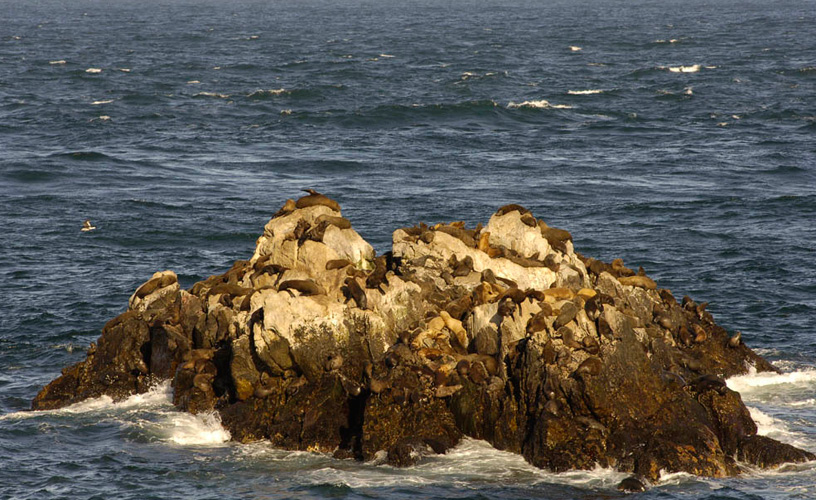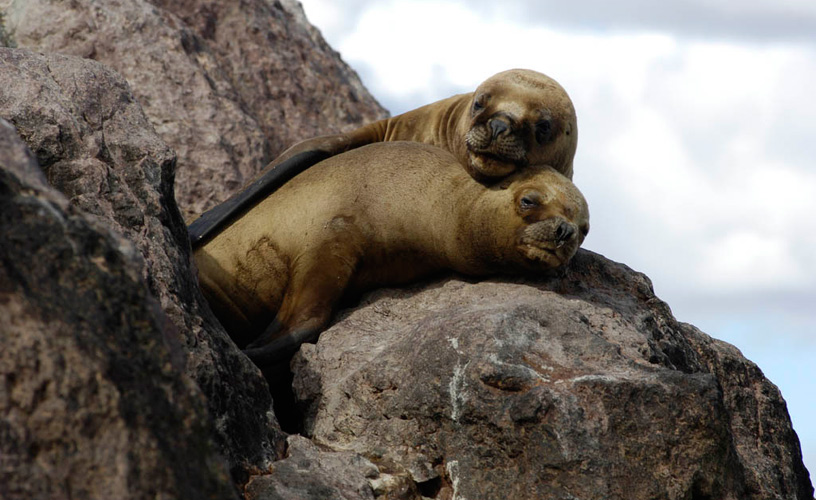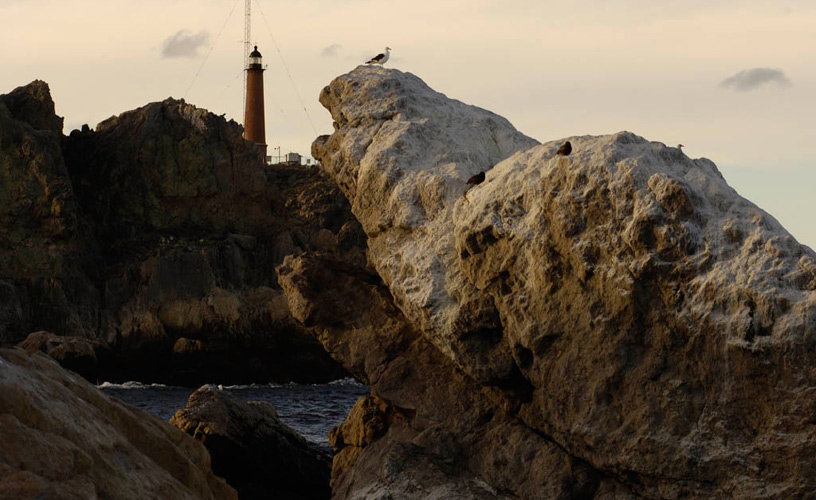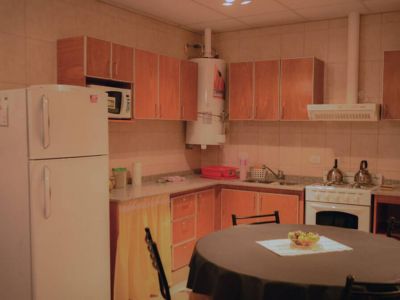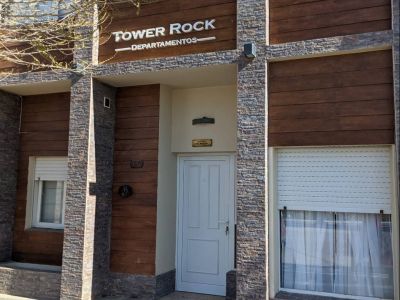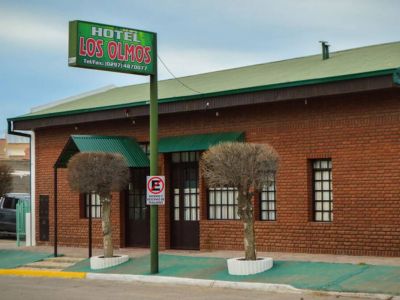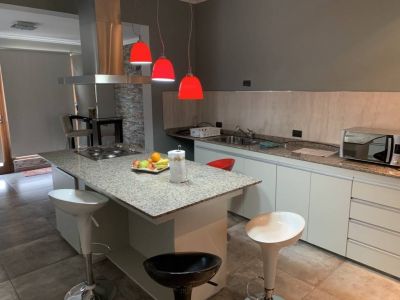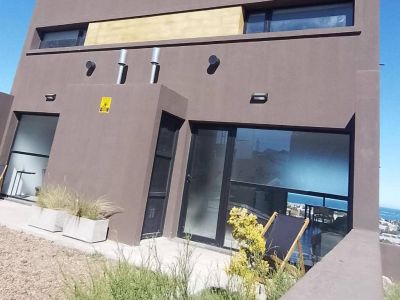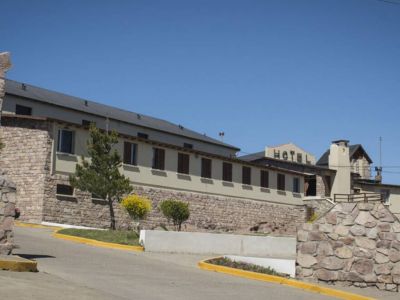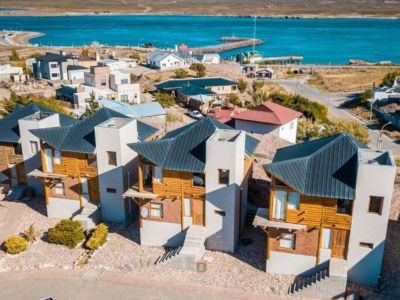Among the many attractions in Puerto Deseado, there is one which involves a close encounter with a seal colony inhabiting intangible Cabo Blanco Natural Reserve since 1937. It took a 90-kilometer drive along the arid Patagonian plateau to reach our destination. Part paved and part gravel, the road offered a spectacular, unforgettable opportunity to see guanacos, rheas and Patagonian hare. As we neared the coast, we spotted an elegant, high, cone-shaped lighthouse built of red brick. A panoramic view of the coastline soon unfolded before our eyes. Beautiful beaches, roaring surf and the characteristic smell of saltwater. We reached the rocky site chosen by an extremely numerous species which has been protected since 1937. A short trek led us to a privileged viewpoint from which we enjoyed watching the seals and cormorants.
To the Cabo Blanco Sea Lions Reserve
Our cameras clicked ceaselessly as we tried to capture the typical postures of their rear and fore-flippers while basking in the sun.
“They are southern sea lions and seals, and this is the most numerous colony on the coast. During the eighteenth and nineteenth centuries they were hunted for their skins and fat until they almost became extinct. They feed on small fish, squid and octopus,” our guide explained.
The promontory has been known as Cabo Blanco (Cape White) since the time of Ferdinand Magellan and is mentioned in thousands of pirate and explorer stories. The discovery of boleadoras , fishing hooks, bone harpoons and arrow heads bear witness to the presence of indigenous people.
Another short walk and we reached the lighthouse, almost 100 years old and still casting its light 87 meters AMSL covering 14 nautical miles. We slowly made our way up the almost 100 steps to marvel at the incredible view of the little islands densely populated by sea bears, as they are also known.
Huge birds circled over our heads, imperial, grey and black-necked cormorants which nest on the rocks.
Marcelo Sola
Palmiro Bedeschi
Contact of the excursion or tour
Cis Tours
San Martín 916 Of. 1, Puerto Deseado, Santa Cruz, Agentina
Phone: +54 297-4872864
